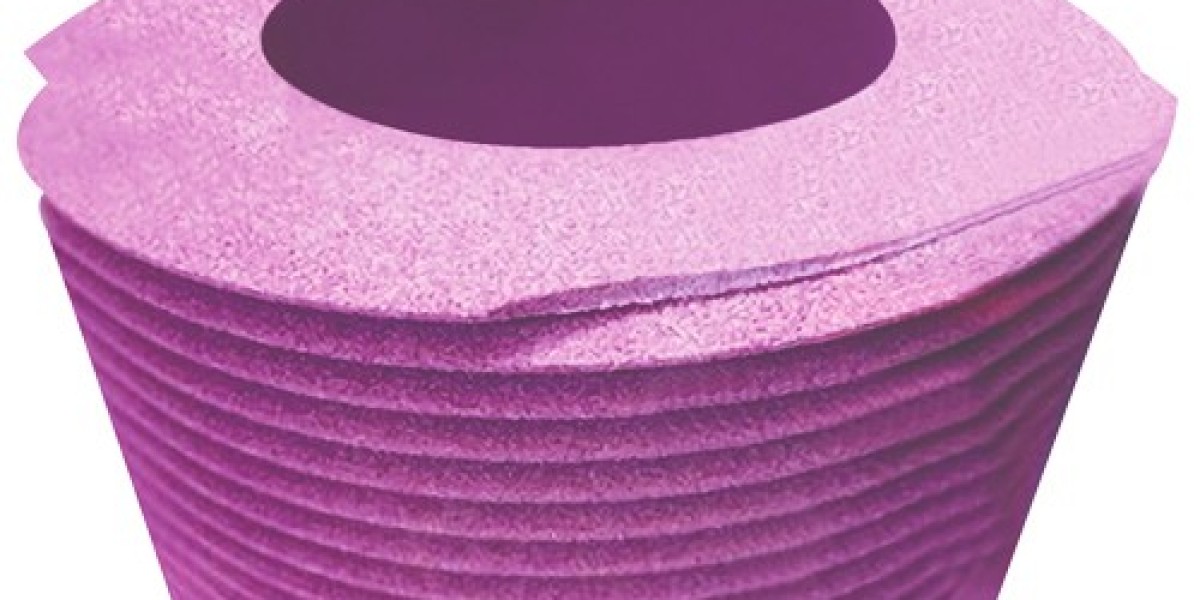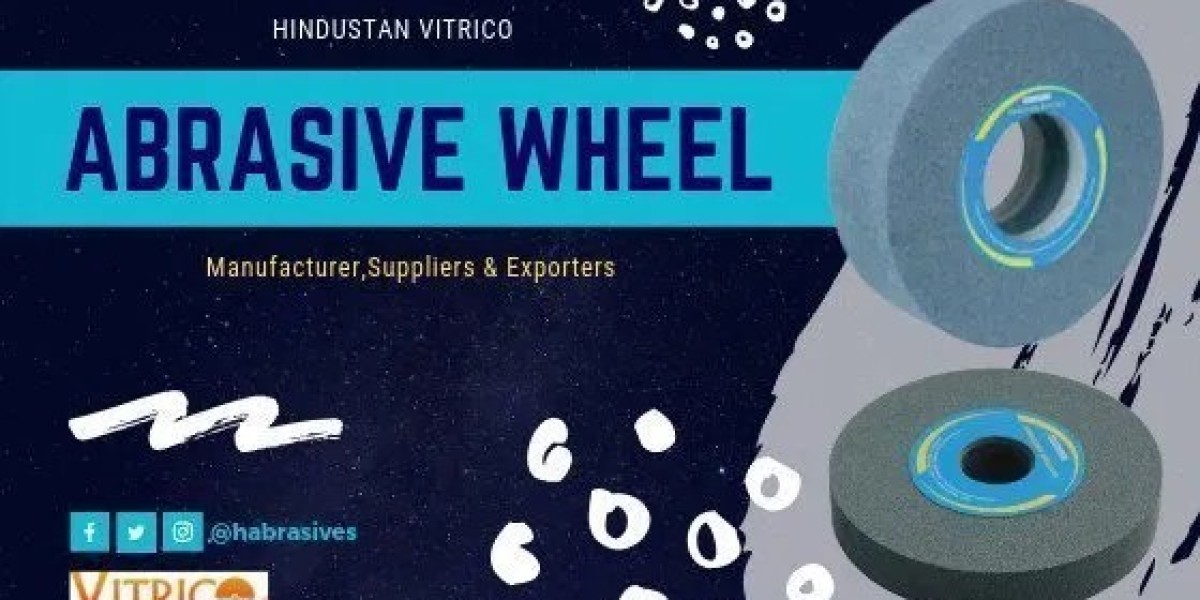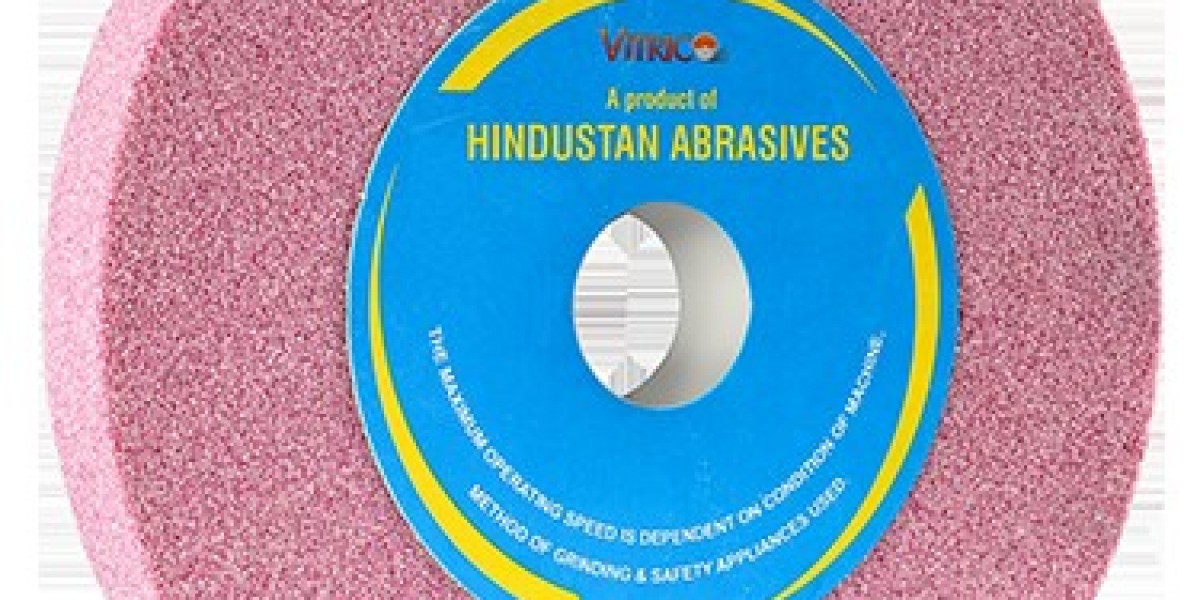In the world of advanced engineering and manufacturing, gears play a vital role in everything from automobiles to aerospace components. Their precise performance depends on one critical factor—accurate grinding. And at the heart of this precision is the Gear Grinding Wheel.
If you're in the gear manufacturing business or involved in high-precision metalwork, understanding the value of a gear grinding wheel is essential. In this blog, we’ll explore what a gear grinding wheel is, its types, applications, how it works, and why selecting the right grinding wheel matters for your business.
⚙️ What is a Gear Grinding Wheel?
A gear grinding wheel is a specialized abrasive tool used to finish the surface of gears after heat treatment. It removes microscopic amounts of material to achieve tight tolerances, high surface quality, and precise gear profiles.
Key Functions of Gear Grinding Wheels:
Achieves high surface finish
Ensures tight dimensional tolerances
Improves gear accuracy
Enhances gear life and noise reduction
Maintains gear geometry
This tool is used in CNC gear grinding machines where precision, balance, and surface consistency are non-negotiable.
? Why Gear Grinding is Important
Gear teeth must mesh smoothly to avoid vibration, noise, and wear. Any deviation, roughness, or inaccuracy can lead to mechanical failure. That's why grinding is the final and most crucial step in gear manufacturing.
By using a high-quality gear grinding wheel, manufacturers can ensure:
Minimum transmission loss
Better fuel efficiency in automobiles
Reduced noise in high-speed applications
Longer gear life with less maintenance
? Types of Gear Grinding Wheels
There are different gear grinding methods, each requiring specific grinding wheels based on application, gear geometry, and finish requirements:
1. Worm Grinding Wheel
Used for continuous generation grinding, this wheel is ideal for automotive and large gear production. It mimics a worm screw profile to grind gear teeth continuously.
2. Profile Grinding Wheel
Perfect for single flank grinding, this wheel has a pre-formed shape that directly grinds the gear tooth profile. Best used for high-precision gears like those in aerospace applications.
3. Bevel Gear Grinding Wheel
Used in the grinding of bevel gears for differential drives and transmission systems.
4. Internal Gear Grinding Wheels
Specially designed for grinding internal gear teeth, often found in planetary gear systems.
? Common Abrasive Materials Used in Gear Grinding Wheels
The abrasive material determines the cutting action, durability, and surface finish. Popular materials include:
| Abrasive Material | Features & Applications |
|---|---|
| Aluminum Oxide (A/O) | Good for steels; economical; general-purpose |
| Cubic Boron Nitride (CBN) | Ideal for hardened steels; long-lasting; high-speed grinding |
| Silicon Carbide (SiC) | For non-ferrous and soft metals |
| Ceramic Alumina | High material removal rate; long wheel life |
For high-volume gear grinding, CBN wheels are preferred due to their speed, precision, and resistance to wear.
? Applications of Gear Grinding Wheels
Gear grinding wheels are widely used in:
Automotive: Transmission, gearboxes, and axles
Aerospace: Jet engine gear systems
Heavy Machinery: Construction and mining equipment
Wind Turbines: Gearboxes for energy production
Robotics & Automation: Precision motion control gears
From small precision gears to heavy-duty industrial gears, these wheels ensure smooth operation and high efficiency.
? How to Choose the Right Gear Grinding Wheel?
Choosing the right wheel is essential for optimal performance and cost-efficiency. Here’s what you should consider:
1. Gear Material
The hardness and type of gear material will determine the abrasive grain and bond type.
2. Grinding Method
Whether you use generating grinding, form grinding, or internal grinding, each method demands a specific wheel profile and composition.
3. Machine Compatibility
Ensure the wheel dimensions match the spindle size, speed, and setup of your grinding machine.
4. Surface Finish & Tolerance Requirements
Finer surface finishes require smaller grit sizes and softer bonds for less aggressive cutting.
5. Production Volume
For high-volume production, use long-lasting CBN or ceramic wheels to reduce downtime and replacement costs.
? Why Choose Hindustan Abrasives for Gear Grinding Wheels?
If you're looking for a trusted gear grinding wheel manufacturer in India, Hindustan Abrasives is a name you can count on. With decades of experience and ISO-certified production, they offer gear grinding solutions trusted by leading gear manufacturers across industries.
? Hindustan Abrasives Advantages:
High precision wheels for consistent finish
CBN and Ceramic wheels available for heavy-duty jobs
Custom-designed profiles for specific gear geometries
Excellent wheel balance and long life
Technical support and fast delivery across India
? Visit: www.hindustanabrasives.com to explore their complete grinding solutions.
? Gear Grinding Wheel Maintenance Tips
Even the best grinding wheels require proper care for peak performance:
✅ Dressing the wheel regularly to maintain profile sharpness
✅ Avoiding overloading to prevent glazing or overheating
✅ Monitoring coolant levels to reduce heat and wear
✅ Storing wheels in dry, temperature-controlled environments
✅ Using proper clamping for balanced, vibration-free grinding
? Final Thoughts
Precision gear grinding is the secret behind smooth, efficient, and long-lasting mechanical systems. Whether you're manufacturing automotive transmissions or industrial gearboxes, a high-quality gear grinding wheel ensures you meet global standards and deliver superior performance.
Don't compromise on your grinding wheels—they're not just a tool but an investment in your product's quality and your brand's reputation.
If you're serious about enhancing your gear finishing operations, partner with a trusted name like Hindustan Abrasives—your go-to source for precision-engineered grinding solutions in India.



